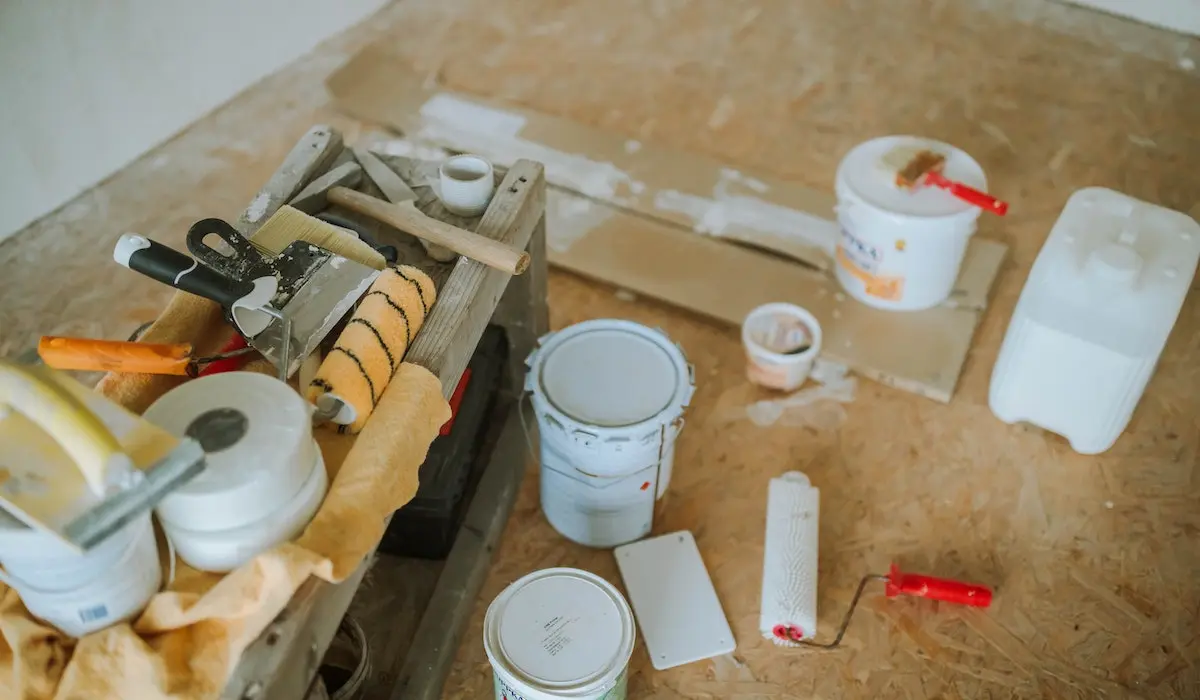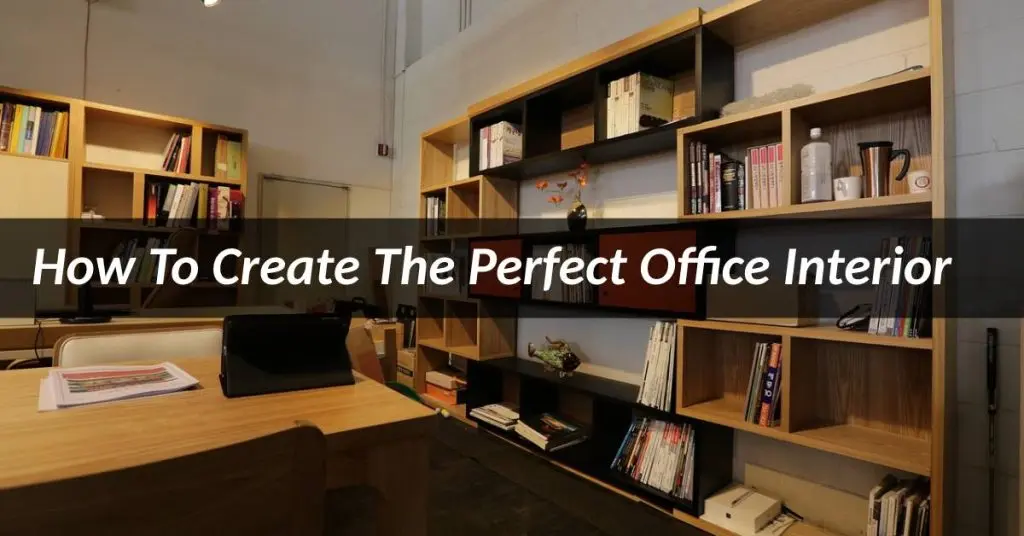Embarking on a home restoration project can involve a wide range of tasks, including addressing structural issues, upgrading plumbing and electrical systems, and remodeling rooms. Depending on the size and complexity of the work, you should expect the project to span several weeks or even months. Such projects may disrupt your daily life, as contractors will require access to various areas of your home at different stages. Below is a detailed guide on what to expect during a comprehensive home restoration project.
Preparation and Planning
Thorough preparation and planning are critical before starting any home restoration project. This process includes defining the project’s scope, establishing a realistic budget, and hiring a trustworthy contractor with proven expertise. Obtaining all the necessary permits and approvals from your local authorities is essential to ensure compliance with regulations and avoid legal issues. A well-organized plan will help streamline the restoration process and minimize unexpected delays.
Demolition and Removal
The initial phase of home restoration often involves demolition and removal of outdated or damaged elements. This can include dismantling walls, removing old flooring and fixtures, and clearing debris. Handling hazardous materials such as asbestos or lead paint requires professional expertise to ensure safe disposal. Your restoration team is generally responsible for removing these materials off-site safely. Conduct an online search to find reliable restoration contractors in Denver specialists near you for any specialized disposal needs.
Structural Repairs
Addressing structural repairs is a vital component of any home restoration. Ignoring issues like foundation issues in old homes can compromise the stability and safety of your entire home. It is crucial to promptly resolve any foundation problems, cracks in foundation walls, or damage to framing and joists. These defects may stem from soil settling, water damage, or natural aging. Tackling these repairs early in the restoration ensures the longevity and resilience of your home. Essential tasks include reinforcing load-bearing structures and rectifying foundation or crawl space defects to maintain structural integrity. Crack in the foundation wall is a common problem in older properties, emphasizing the importance of comprehensive structural evaluation and repair.
Ensuring a robust foundation, solid framing, and overall structural soundness is indispensable during restoration projects. Addressing cracks and other issues early preserves your home’s safety and prevents costly complications in the future.
Electrical and Plumbing Upgrades
Updating your home’s electrical and plumbing systems is essential for safety, functionality, and code compliance. This typically involves installing new wiring, fixtures, and appliances, as well as upgrading plumbing lines and components. Licensed electricians and plumbers should perform all such work to ensure adherence to safety standards and local regulations.
HVAC and Insulation
Improving your home’s heating, ventilation, and air conditioning (HVAC) systems is often part of comprehensive restoration. This can include installing new ductwork, replacing or upgrading vents, and enhancing insulation to boost energy efficiency. Collaborate with a certified HVAC technician to guarantee proper installation and system performance. Additionally, regular maintenance from HVAC professionals can extend the lifespan of these critical systems.
Roofing and Siding
Replacing or repairing roofing and siding is a common stage in home restoration. This may involve swapping out damaged shingles or tiles and installing new siding materials to refresh the home’s exterior appearance. Selecting high-quality, durable materials ensures long-lasting protection against weather and reduces future maintenance costs.
Interior Finishes
Restoring the interior includes updating flooring, painting walls, installing trim, and modernizing kitchen and bathroom fixtures. Select finishes that blend durability with style to complement your home’s overall design theme. Choosing materials that align with your lifestyle and aesthetic preferences will enhance both function and beauty.
Landscaping and Outdoor Improvements
Enhancements to landscaping and outdoor features often accompany home restorations. This can include planting new greenery, such as trees, shrubs, and flowers, as well as installing fresh walkways, patios, and decks. Partnering with a landscaping expert helps ensure your outdoor spaces harmonize with your home’s design and boost curb appeal.
Delays and Unforeseen Issues
Delays and unexpected challenges often arise during home restoration projects, such as weather disruptions, permit hold-ups, or discovery of hidden problems like mold or structural damage. Selecting a contractor with strong project management skills and experience handling unforeseen issues is critical for keeping your project on track and minimizing stress.
Final Inspection and Approval
Once restoration work is complete, a final inspection by local government representatives ensures that all renovations meet building codes and safety regulations. Passing this inspection is mandatory before you can safely reoccupy your restored home.
Conclusion
In summary, home restoration is an exciting yet complex endeavor. Proper planning, choosing reputable professionals, and addressing all critical elements—from structure to finishes—are essential to a successful outcome. Staying informed and prepared will reduce stress and accelerate your project completion.
Additionally, if you want to learn about 5 Things to Know Before Calling a Plumber, please explore our Cleaning category for more information.
For insights on distinguishing between major and minor home repairs, refer to the detailed guidance below.
Provided by Air Mechanical – plumbing services Minneapolis
Undertaking a home restoration not only revitalizes your living space but can also significantly increase your property’s value and energy efficiency. Modern restoration techniques now emphasize sustainable materials and smart home technology integration, offering homeowners improved comfort and long-term savings. Whether preserving historic charm or modernizing an outdated interior, a thoughtful restoration enhances both function and aesthetics. Collaborating with experts who stay current with building codes and green technologies ensures your project delivers lasting benefits and aligns with evolving homeowner expectations in 2024 and beyond.



